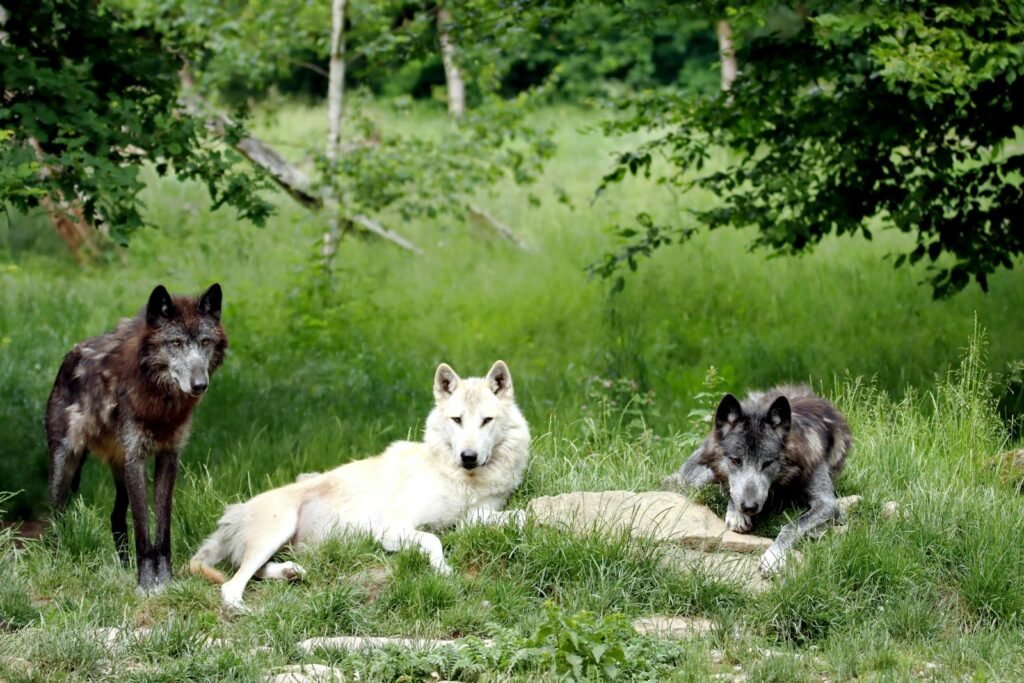Imagine a world where a single strand of DNA could rescue an entire species, where robots play with orangutans to ignite their curiosity, and where vast wild spaces are reborn with the help of technology and visionaries. This is not the distant future—it’s the thrilling edge of modern zoo science. As climate change, habitat loss, and extinction threaten Earth’s biodiversity, zoos are transforming from mere collections of animals into hubs of innovation, hope, and scientific wonder. Biobanks, rewilding, and robotic enrichment are rewriting the rules, offering surprising solutions and stirring up debates that touch at the heart of what it means to protect life on our planet. Prepare to journey through a landscape of breakthroughs and bold ideas that may just redefine our relationship with the wild.
The Rise of Biobanking: Preserving Life in Freezers
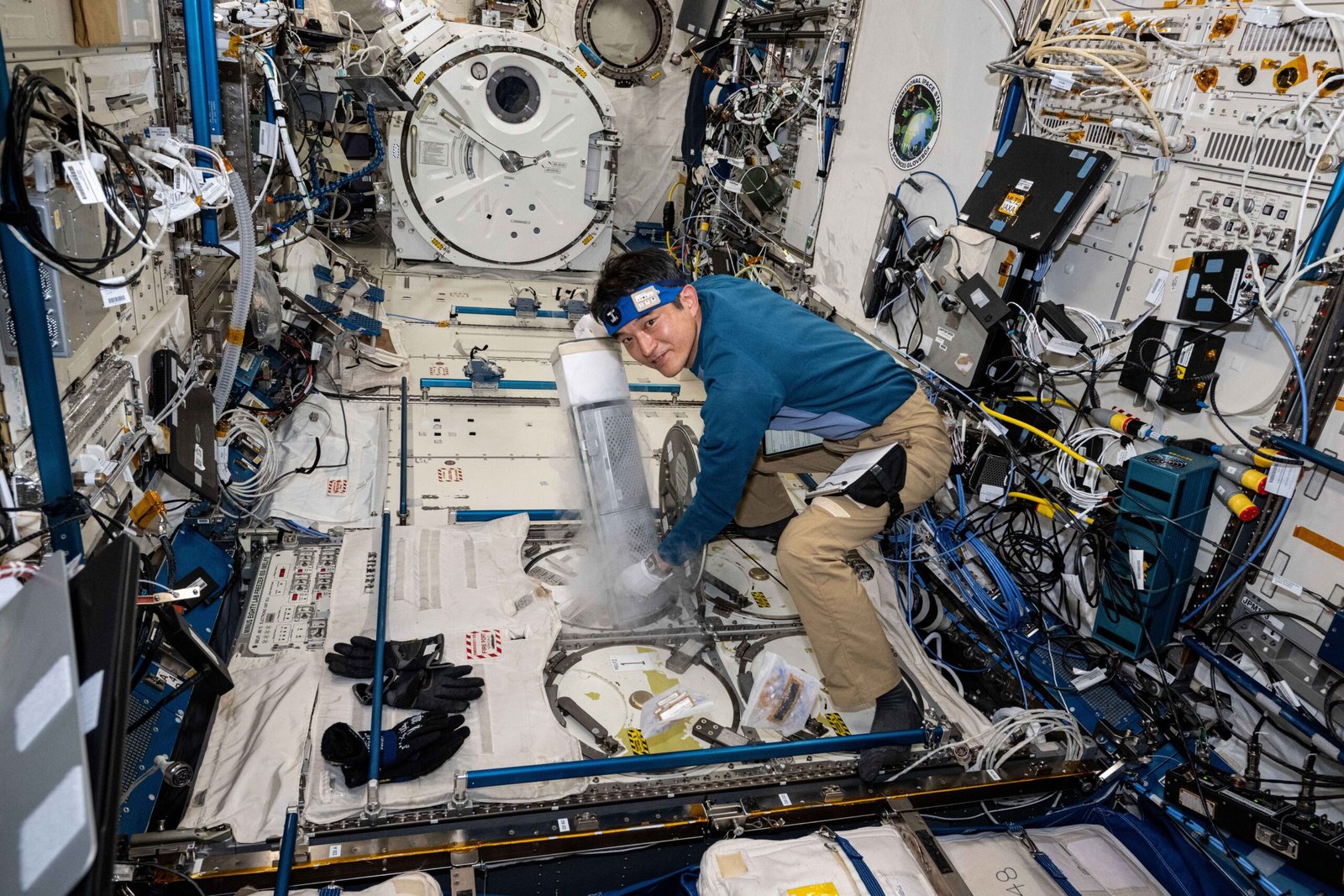
Biobanks are more than high-tech storage facilities—they are lifelines for endangered species. Deep within their frozen vaults, samples of blood, tissue, sperm, and eggs from thousands of animals wait for a second chance. These genetic time capsules can be thawed decades later, potentially restoring species lost in the wild. For example, the northern white rhino, with only two living individuals left, now depends on biobank samples for any hope of revival. The science behind biobanking is breathtakingly complex, involving cryopreservation, genetic sequencing, and meticulous cataloging. Yet, these banks are not just backups—they are launching pads for future research, offering hope in the face of heartbreaking decline. Without these frozen archives, many species might simply vanish from the Earth, their stories ending far too soon.
Genetic Rescue: Engineering a Future for Endangered Species
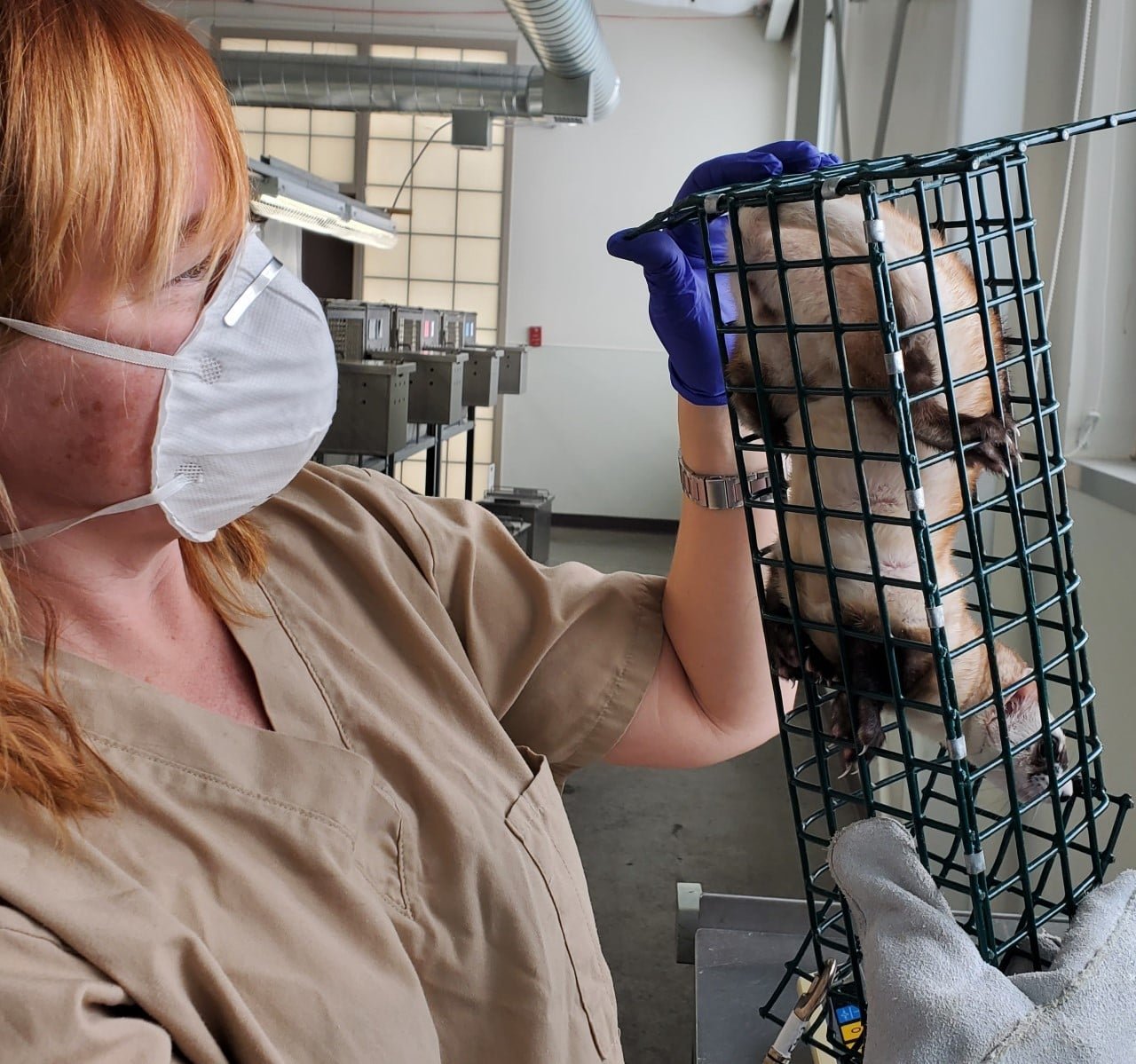
The promise of biobanks extends far beyond storage. Scientists are now using advanced techniques like cloning and gene editing to bring back animals teetering on extinction. In 2023, researchers successfully cloned a black-footed ferret using frozen cells, opening a path for genetic rescue in other species. By introducing new genetic diversity, scientists can strengthen populations and reduce the risk of inherited diseases. These marvels of biotechnology are not without controversy—some fear “de-extinction” efforts could distract from protecting habitats or lead to unforeseen consequences. Yet, the dream of seeing a woolly mammoth or a healthy cheetah thrive once again pulls at our collective imagination. Genetic rescue is equal parts science, hope, and daring, reminding us how far we’ve come—and how much remains unknown.
Rewilding: Restoring Nature’s Balance
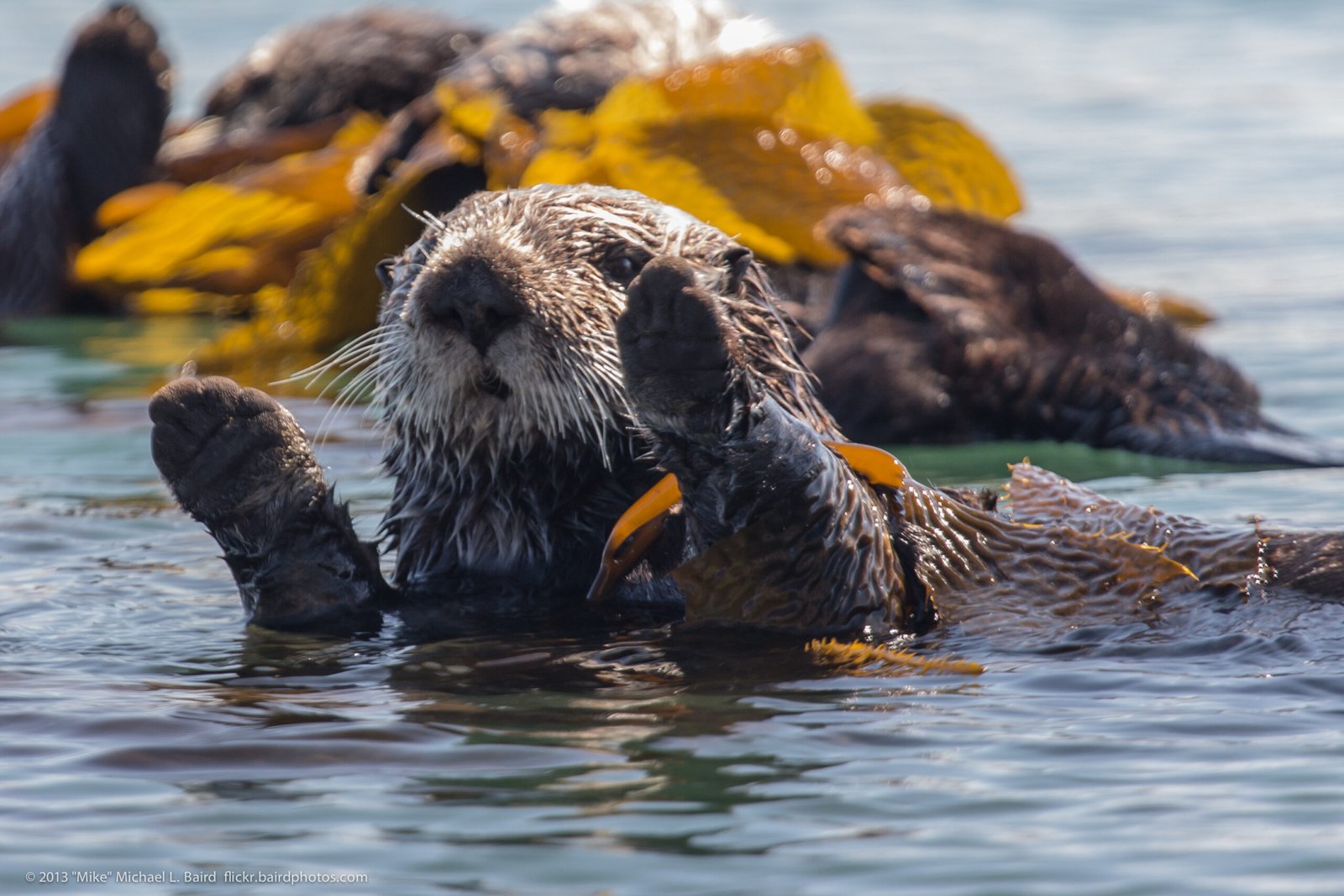
Rewilding is the bold idea of returning animals to landscapes where they once roamed freely. This movement seeks not just to save species, but to repair entire ecosystems. In Europe, bison have been reintroduced to ancient forests, while in the United States, wolves returned to Yellowstone National Park and transformed the landscape in unexpected ways. The presence of top predators can regulate populations, encourage forest growth, and even change the course of rivers. Rewilding is filled with challenges—conflicts with local communities, uncertainties about ecosystem balance, and the risk of failure. Still, its successes are inspiring, showing that nature, when given a chance, is astonishingly resilient and full of surprises.
The Modern Zoo: From Animal Exhibits to Conservation Powerhouses
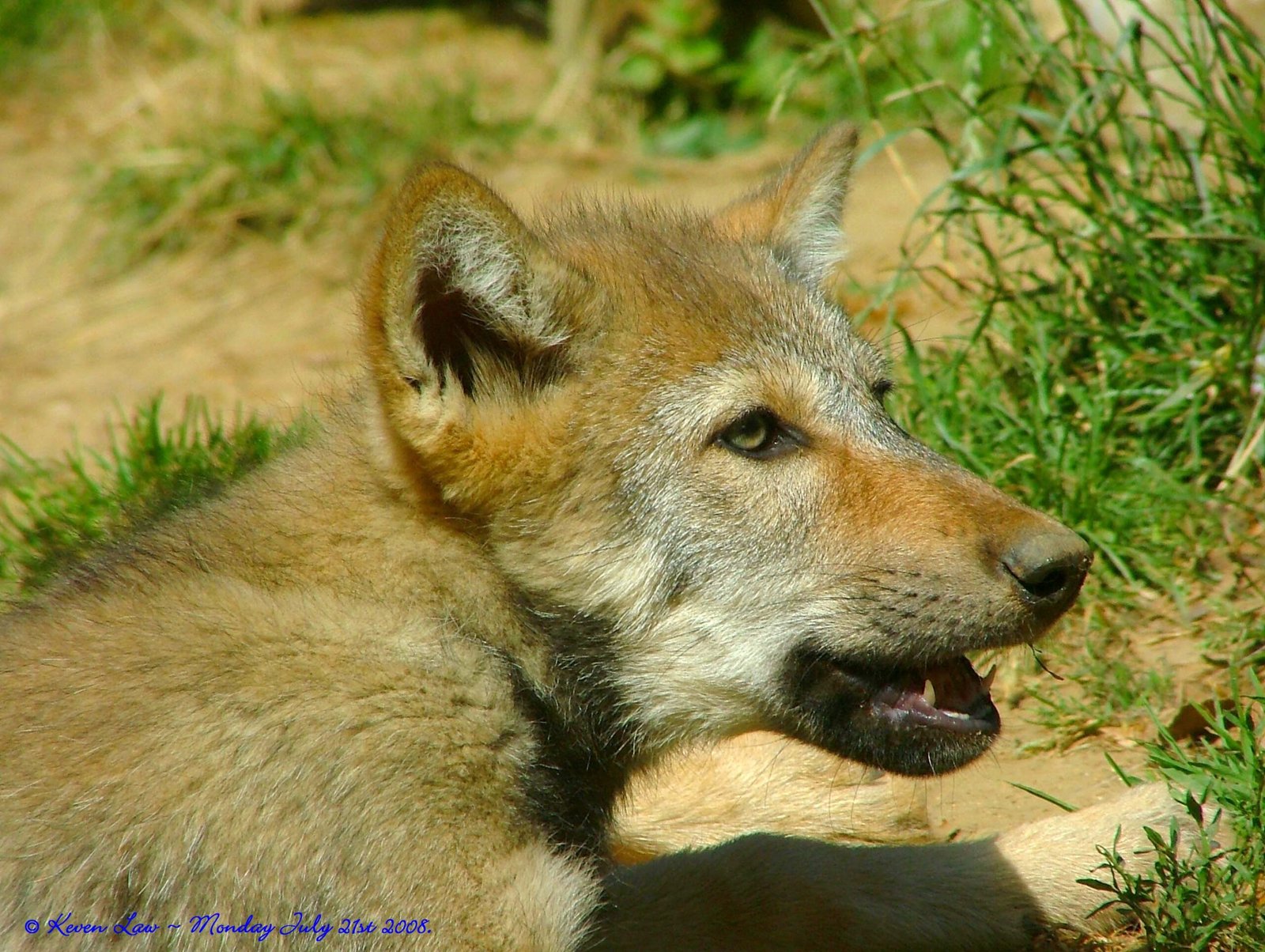
Gone are the days when zoos were mere menageries. Today’s zoos are centers of research, conservation, and education. They partner with universities, governments, and non-profits to protect species both inside and outside their gates. Modern zoos track genetic lineages, implement breeding programs, and reintroduce animals to the wild. Their scientists develop medical breakthroughs for both animals and people, such as vaccines and fertility treatments. Visitors, too, play a vital role—by inspiring awe and empathy, zoos foster a sense of stewardship for the natural world. These institutions are evolving rapidly, embracing technology and science in ways that would have seemed like science fiction just a generation ago.
Robotic Enrichment: Technology Meets Animal Welfare
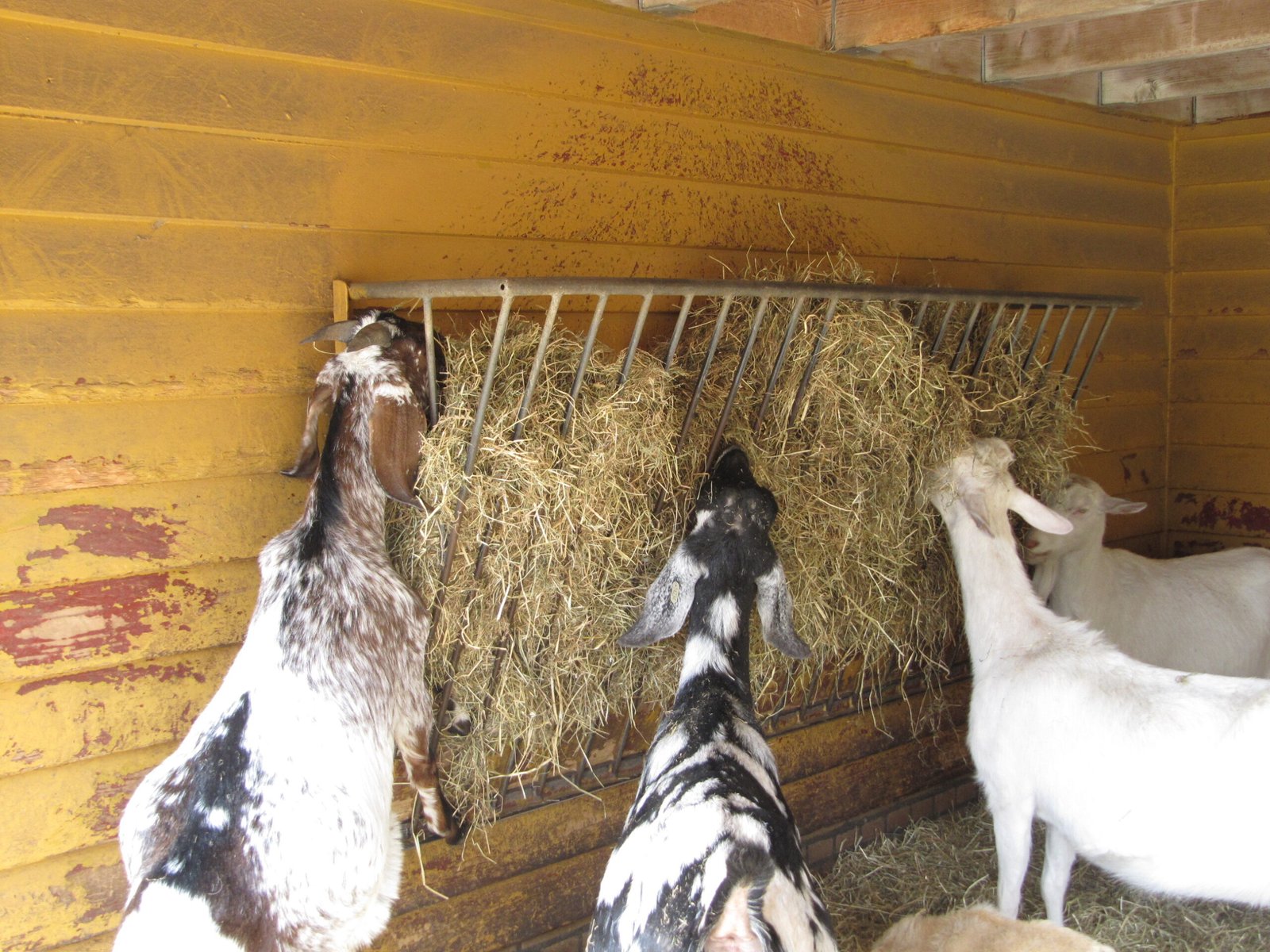
The introduction of robotic enrichment in zoos has sparked both wonder and debate. Imagine a robotic arm gently tossing puzzle toys to a curious chimpanzee, or a drone flying overhead to stimulate a lion’s natural hunting instincts. These inventions are designed to challenge animals’ minds, replicate the unpredictability of the wild, and prevent boredom in captivity. Early research shows that animals exposed to robotic enrichment display greater curiosity, reduced stress, and even improved health. However, questions remain: can robots truly replace the complexity of nature? While nothing can fully substitute for a wild habitat, these innovations are making daily life in zoos richer, more stimulating, and, at times, surprisingly playful.
Enrichment Evolution: Beyond the Traditional Toys
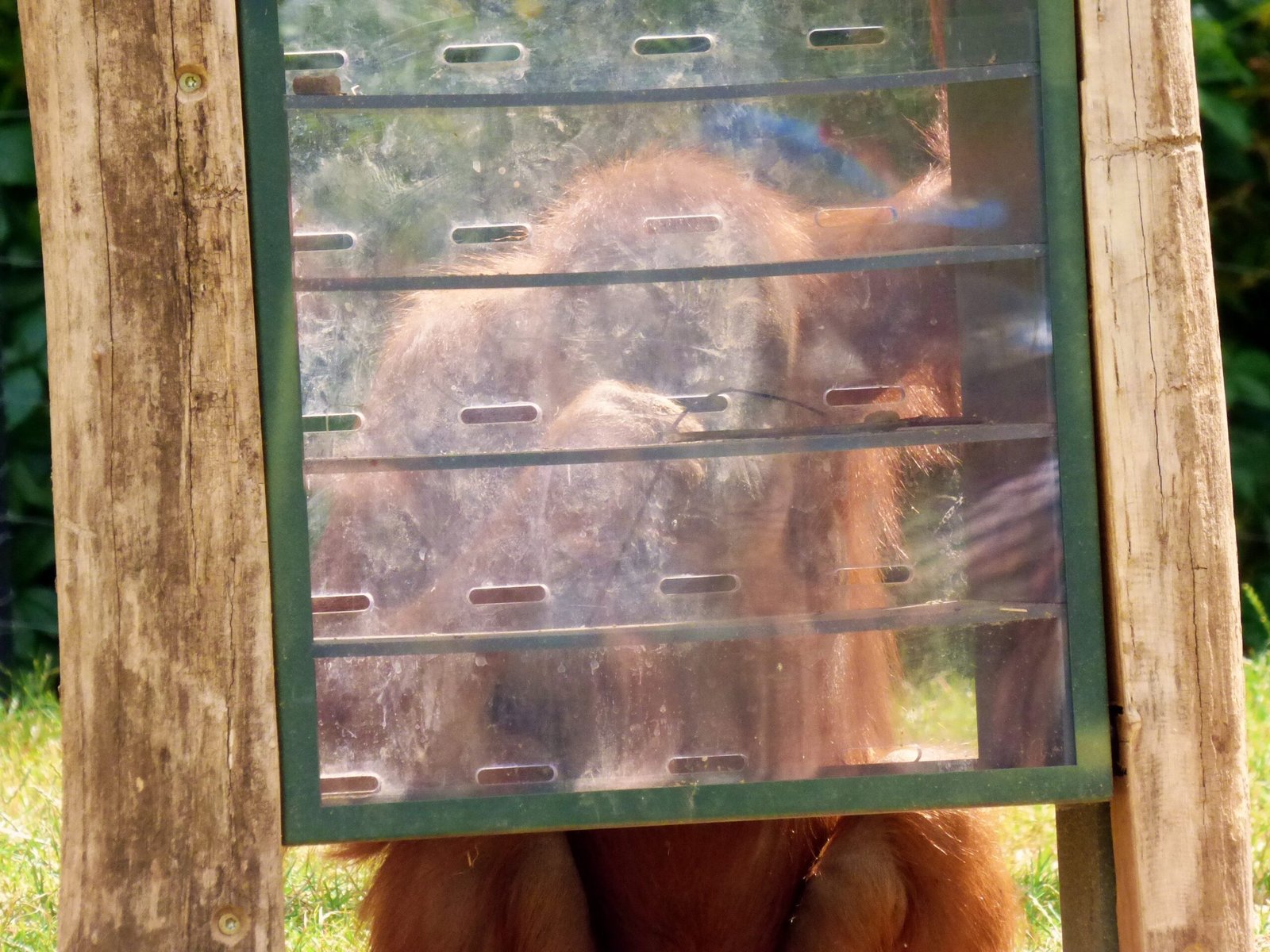
Enrichment is no longer limited to balls, ropes, and puzzle feeders. Zoos are now exploring sensory gardens, scent trails, and interactive screens that respond to an animal’s touch or movement. For example, elephants might use their trunks to paint or solve puzzles, while parrots interact with touchscreens to unlock treats. These creative approaches meet the individual needs of diverse species, supporting their physical and mental well-being. By engaging animals’ natural behaviors—like problem-solving, foraging, or social play—modern enrichment programs foster resilience and adaptability. This evolution in animal care reflects a growing understanding that mental health matters as much as physical health, even for creatures behind bars.
Citizen Science: Empowering the Public in Conservation
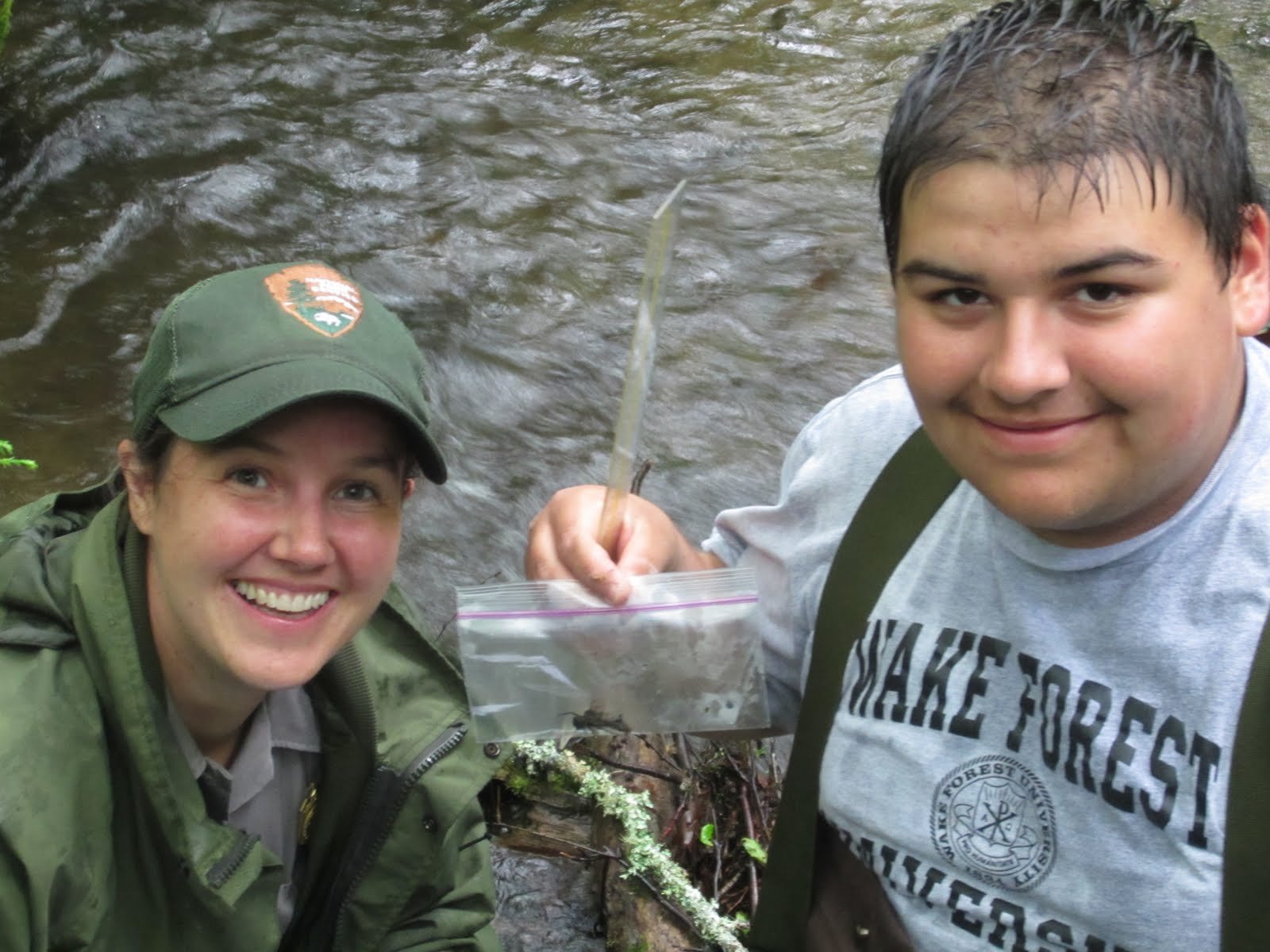
Zoo science is no longer confined to experts; everyday people are joining in, too. Citizen science projects invite zoo visitors to record animal behaviors, monitor webcams, or even collect environmental data. These efforts crowdsource valuable information, allowing researchers to analyze trends on a massive scale. For instance, volunteers tracking frog calls or butterfly migrations help scientists understand population changes and threats. Citizen science not only accelerates research—it builds a sense of community and shared purpose. As people become active participants in conservation, the boundary between observer and protector begins to blur, sparking a deeper connection to the natural world.
Education and Inspiration: Changing Hearts and Minds
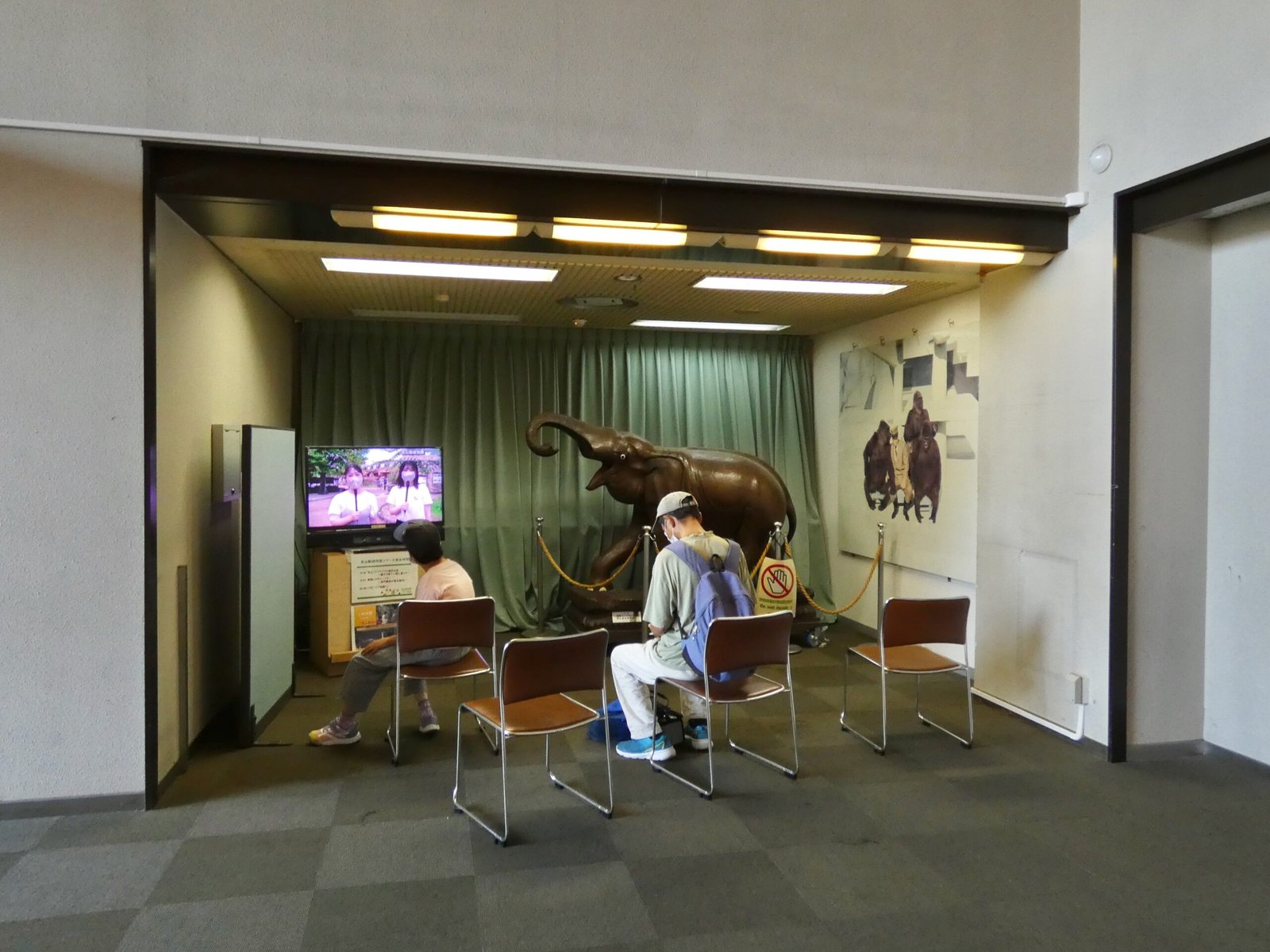
A visit to the zoo can be more than just a fun day out—it can be a turning point. Today’s zoos design immersive experiences that highlight the wonders and challenges of the animal kingdom. Interactive exhibits, behind-the-scenes tours, and educational workshops bring science to life for all ages. By sharing stories of endangered species and conservation victories, zoos inspire hope and action. Children leave with wide eyes and big dreams, while adults gain a deeper appreciation for the delicate balance of life on Earth. Education is the invisible thread that links every aspect of modern zoo science, weaving curiosity into a powerful force for change.
Ethics and the Future: Tough Questions, New Frontiers
With every breakthrough, zoo science faces tough ethical questions. Should we clone extinct animals, or focus on protecting the living? Can technology ever make captivity humane, or is there always a cost? As zoos venture into the realms of robotics, genetics, and large-scale rewilding, they must navigate shifting public values and scientific unknowns. The debate is lively and often passionate, reflecting our evolving relationship with the natural world. What remains clear is that doing nothing is not an option. The stakes are simply too high, and the opportunities too exciting to ignore.
Collaboration Across Borders: A Global Effort

Saving species and restoring habitats is not a job for any one country or institution. Around the world, zoos, biobanks, universities, and conservation groups are joining forces. International databases help manage breeding programs and track genetic diversity. Shared protocols for biobanking ensure samples can be used across continents. In recent years, collaborations have led to the successful release of captive-bred animals in places as far-flung as Madagascar, Brazil, and Australia. This global approach acknowledges that nature knows no borders—and that the solutions of tomorrow will be built on partnerships that reach across oceans and cultures.
The Road Ahead: A New Era for Zoo Science
With every passing year, the boundaries between science, technology, and nature grow blurrier—and more exhilarating. Biobanks hold the keys to lost futures, rewilding brings hope to broken landscapes, and robotic enrichment lights a spark in the eyes of captive animals. The story of zoo science is one of ingenuity, resilience, and heart. As we rethink our place in the web of life, one question lingers: will we be bold enough to use these tools wisely, compassionately, and bravely?


